We are now in our second week of 2024, and this is usually the time of year for new years resolutions. A lot of new years resolutions are motivated by health and weight goals. So this weeks blog post is a quick one, it’s about the term ‘food swap’.
I’m not someone that does New Year resolutions, I used to set unachievable goals then be frustrated with myself when I didn’t reach them. Instead, I like to always have mini, achievable goals that I set for myself at any time. One of these goals in the past was to ‘eat healthier’. Whilst this goal may seem broad, I was able to achieve this goal over time by including lots of mini strategies within the overall goal.
So, as I started working toward the goal of eating healthier, the first strategy was to try something that would be easy. Something that I would not dread or lose motivation for, and have it be more likely that I would stick to it in the long term.
This strategy was food swapping. If you haven’t heard of this term before, or are curious how it looks in practice, read on.
What is food swapping?
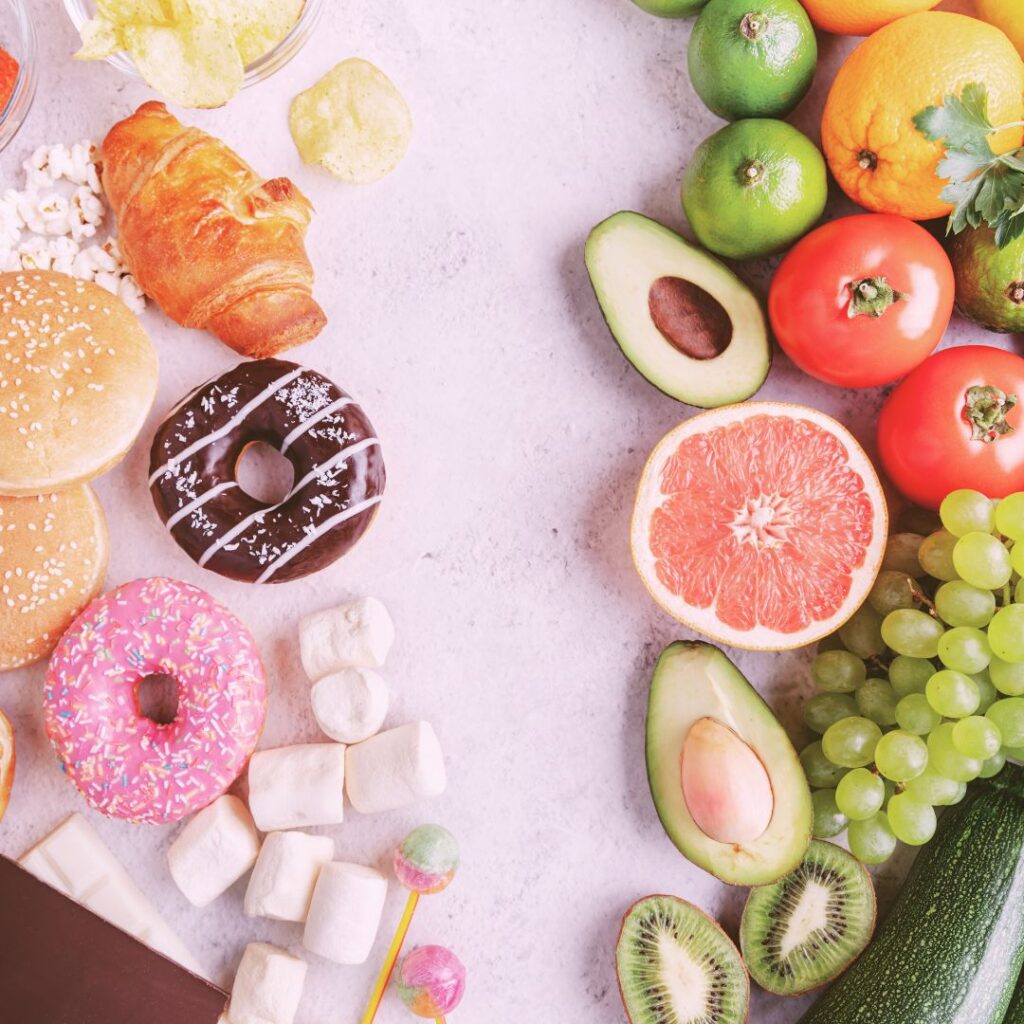
A food swap is basically making a healthier choice of food. It is not restrictive, it’s not a diet, its just…different. You may have heard of food swapping like ‘instead of grabbing a chocolate bar, opt for fruit’. Now, whilst this is swapping one type of sweet for a healthier alternative, this isn’t what I am going to be talking about in todays post.
For my entire life, I have LOVED sugar. I’d go as far as saying I have an addiction to it. BUT, these days – my reliance on sugar is much, much less than it ever used to be.
Over the years I tried so many ways to ditch sugar, ultimately failing every single time. There were many reasons I failed, but today I’m just going to focus on one reason – going cold turkey only lasted temporarily.
What did work, and continues to work, is swapping.
Why is a food swap beneficial?
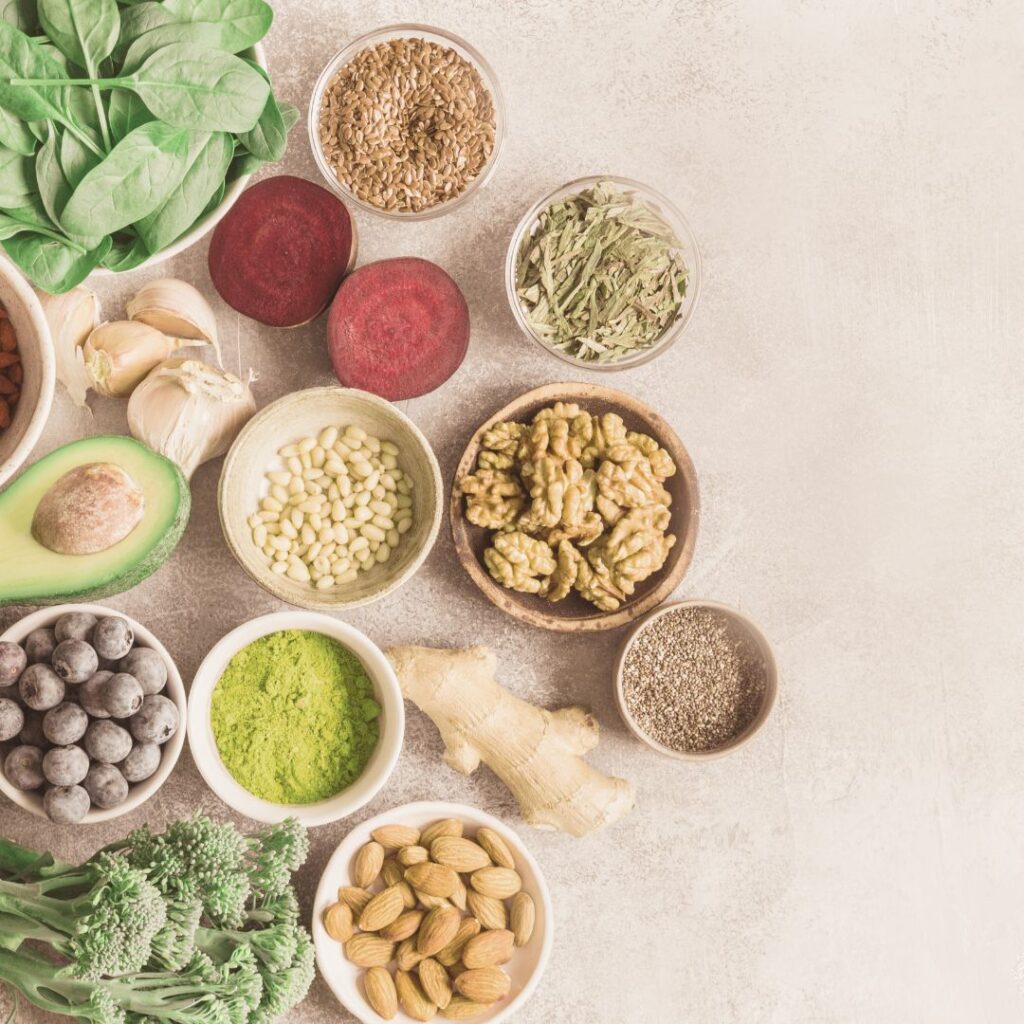
A food swap is beneficial because it increases the likelihood of adding more nutrients into your diet. It does not involve dieting, or calorie restriction and may be an easier way of improving your health.
You may have these big goals of making 2024 THE YEAR that you ‘fix’ your diet, lose weight and finally ditch your ‘poor eating habits’. This may even seem easy in January, you may have had time off work so you’ve put in all the planning and have started the journey already. If so, great – I am happy for you. But, one word of encouragement – if this doesn’t last, don’t give up entirely.
It’s understandable that you want to get from A-Z quickly, and not waste time in between. But, I would argue that one key in being successful in becoming healthier is going from A-B first. Once you’ve done this, then you can have a go at going from B-C and so forth.
Let me give you an example. It may not seem like you’re ‘being healthy’ by swapping white processed bread for white sourdough. You might be thinking, ‘it’s still white bread, what’s the difference?’ Well, the difference is the nutritional value of each. Sourdough typically has less refined sugar and has a longer fermentation period making it easier to digest. Whole grain bread is still healthier than white sourdough. However, if you want to take small and achievable steps – then the white sourdough may be a good option.
How do you start food swapping?
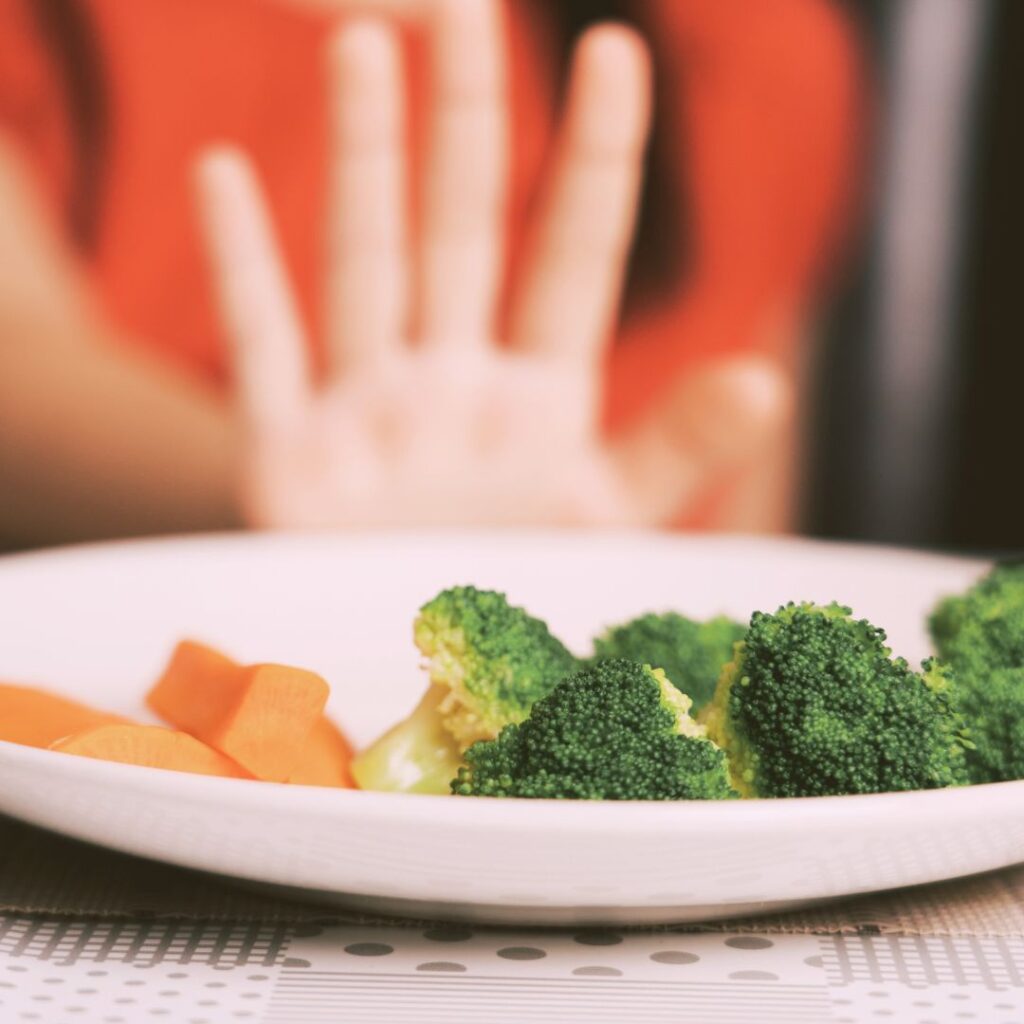
My method may be less conventional, but hear me out! I understand how difficult it is to eat healthy. If you are someone that thinks you can do the cold turkey thing and just start swapping foods for much healthier alternatives, there is plenty of information on the internet to help you.
This blog article is for the people like me. The picky eaters, the ones that grew up with disordered eating patterns, food intolerances and fear associated with trying new foods. I want to help you make this process easier.
So, before you think I’m just another health coach telling you what to eat because I know best…please know that’s not the case. I believe you are the expert in your own life and I know this whole ‘healthy eating’ thing can be really difficult. I’ve been there! Growing up, I lived on processed and packaged foods. I also lived with chronic IBS and headaches which I never realised was linked to my poor diet.
Whenever I went to a dietician or nutritionist, they would tell me the same thing. ‘You need to eat healthier and stop eating so much sugar’. I would agree with them, walk out and proceed to buy another block of chocolate from the store. It was just too hard! Being stressed and tired all the time, the last thing I was going to do was quit sugar.
So, I trialled something new. Given I am stubborn, I decided to improve my diet MY way. This was the ‘small step’ way, I didn’t go from eating a block of chocolate a day to swapping it for an apple! That would never have lasted. My food swaps were barely noticeable….and that’s why it worked. It was a gradual, safe change over time.
Small steps

Ok, this is the part of the blog post where we talk about practical steps you can start taking. I’m going to give you a few ideas to get you thinking. But, I don’t know what your diet normally looks like – so please use this as a guide as just that…a guide.
I’m giving you a few examples of how I personally have gone through food swapping using small steps. I’ve done this with many foods, but for today I’ll just be talking about Yogurt, Bread and Dessert. Why these three? It’s about the added sugar and quality of nutrients.
yogurt
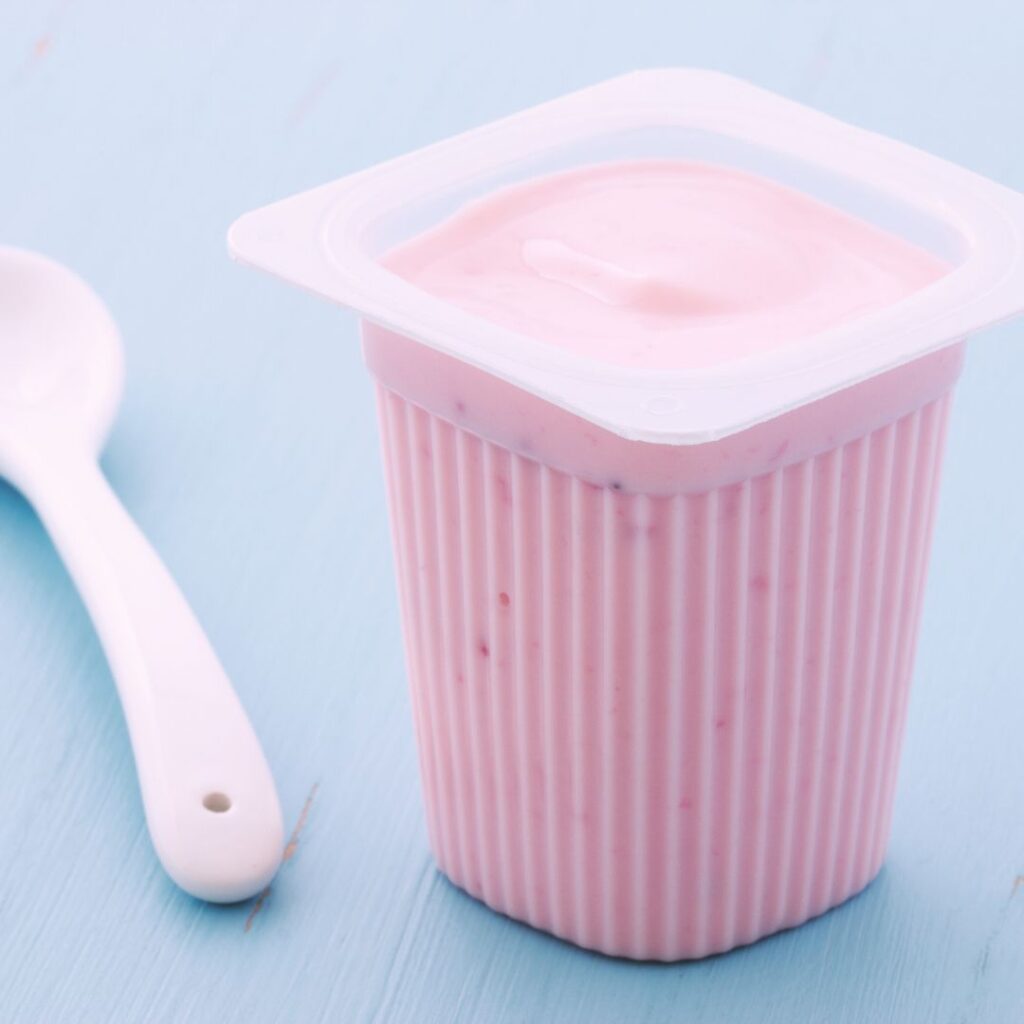
I used to HATE yogurt. I guess ice cream was the closest thing I ate that resembled anything like Yogurt. It was a cold, dairy food – same same 😉
Knowing the health benefits of Yogurt for gut bacteria – I set out to learn to like yogurt. It took me years, yes YEARS to get from my own A (no yogurt) to X (Greek yogurt). This is how I went about it –
1st step – Chocolate flavoured Yogo. This one is FULL of added sugars. So, naturally – it was the easiest ‘Yogurt’ for me to start with. Now, if you’re thinking that this is stupid – I get it. But, the aim here was not to be healthy, it was to get used to the texture of the food. The only way I felt safe doing this was for it to at least be tasty (i.e. full of sugar). So, this was my A (i.e. the first step).
I won’t go into every single step because you’ll be here all day. As I said, this took YEARS! But basically, once I was used to the texture and temperature of the Yogo, I then moved on to eating strawberry flavoured yogurt. This had a slightly less sweet flavour, wasn’t that much healthier than the Yogo – but still had less added sugar.
Once I moved through, step by step, I finally found a sticking point. I seemed to have developed an intolerance to what I thought was dairy – but was in fact lactose. Anyway, I started trialling coconut yogurt and stuck with this for almost an entire year. Even with the coconut yogurt, I started with the Vanilla flavour, until I was able to opt for the natural flavour.
After I was able to tolerate lactose again, I went back to dairy yogurt and tried flavoured Greek yogurts. Again, once I got used to this, I moved on to full Greek yogurt, no added flavours. Now – I must admit, I still find the taste of this yogurt to be a bit ‘urgh’. So, I add blueberries to sweeten it up a bit, this is why I say it’s X rather than Z. There’s always room for improvement.
bread/crackers/crisp bread
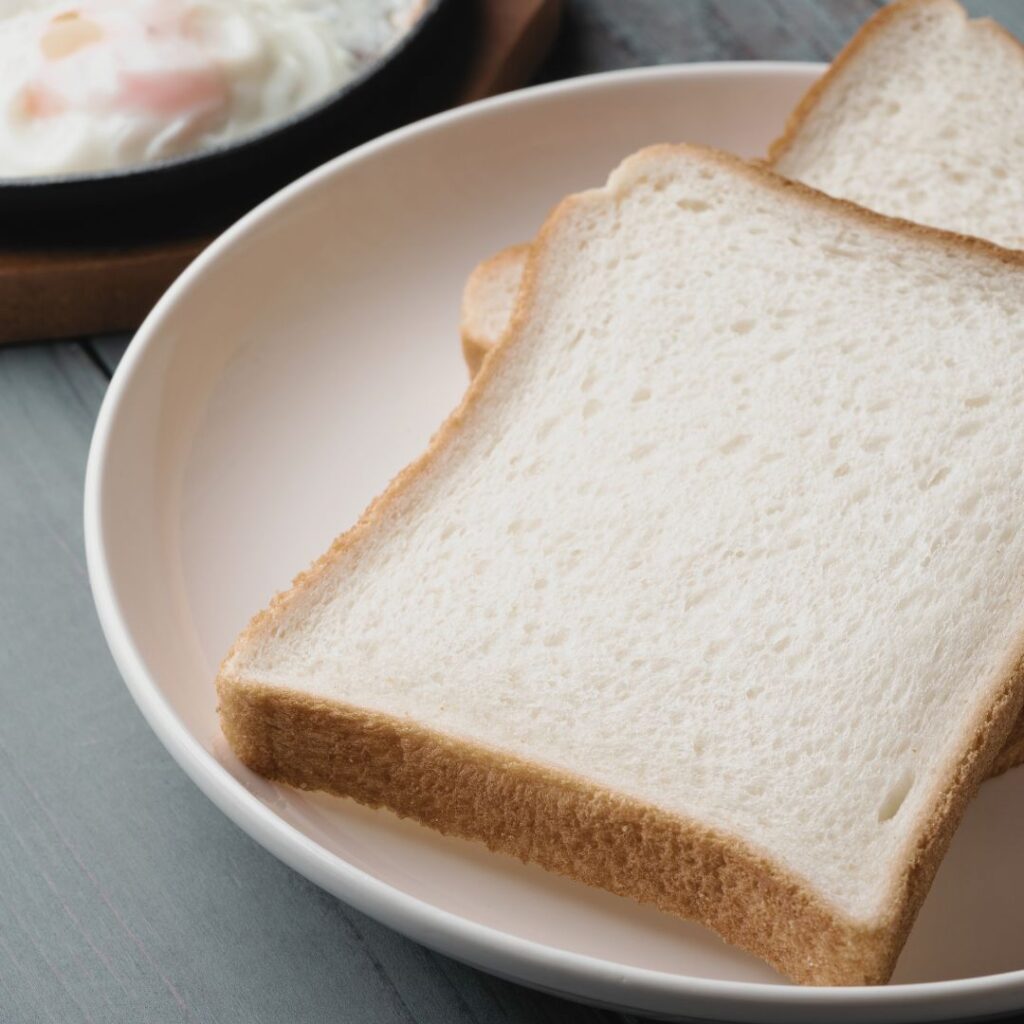
Another food swap that I have gone through is that of swapping (A) white processed bread to (U) Vitawheet wholegrain/multigrain crackers. Again, room for improvement, which is why I consider it a U instead of a Z.
As mentioned earlier, I grew up on processed foods. White bread was one of them, the delicious, fluffy white bread that sticks to the roof of your mouth. I used to eat it on its own, with butter or peanut butter, multiple times a day EVERY. SINGLE. DAY.
1st step – Going from the usual white processed bread to the ‘high fibre’ option. Still white, still processed, BUT more fibre. Like I said, small steps! This then transitioned to white multigrain bread, then to wholemeal – but still the heavily processed variety.
Eventually I moved on to fresh sourdough, tried rye (still not a fan of rye) and then eventually moved on to crisp bread/crackers instead. Again, this started with the ‘original’ more tasty version until moving to the wholegrain variety.
Now, you may not think there is much of a difference – after all they are all still high in carbohydrates. Keep in mind, this is not about dieting or restriction. I am not suggesting you cut carbs – you may not need to. The wholegrain crackers are just a healthier alternative to processed white bread based on the nutrients.
You can read more about how to improve nutrition in a previous post, here. I talk about increasing wholefoods as part of this process – this is a good food swap idea.
dessert

I’m going to be straight up with you here, I still eat dessert. Every day. It is my absolute favourite ‘meal’ of the day annnd it may take a while to change that (if ever). So, let’s call this one my A (1 block of milk chocolate each night) to P (home made ‘ice cream’).
When binge eating was a bit part of life in my late teens/early 20’s. My food of choice was chocolate. Crunchie family block to be exact. I would eat at least 2/3rds of the entire block, every single night. This was alongside other sweets in the afternoon, but the block of chocolate was my daily.
This was the hardest one for me. I was so addicted to chocolate, it took many years to improve. I started with decreasing the amount of chocolate I had (by 3 squares at a time). Eventually I was eating a much smaller amount of chocolate but also eating some sweet biscuits with it. This changed to biscuits only, Marie biscuits to be exact and no longer nightly chocolate.
Over years, the biscuits then changed to home made desserts. So, still dessert – but a healthier version. Then, one summer – the only dessert I was eating, was a home made ice-cream. This ‘ice-cream’ was made up of mangoes and yogurt, blended together and put in the freezer.
As I said the dessert is still a work in progress – sometimes its home made fudge, or chocolate or whatever. But, the quantity is much less and I am no longer addicted to chocolate. The food swap was successful (in my eyes).
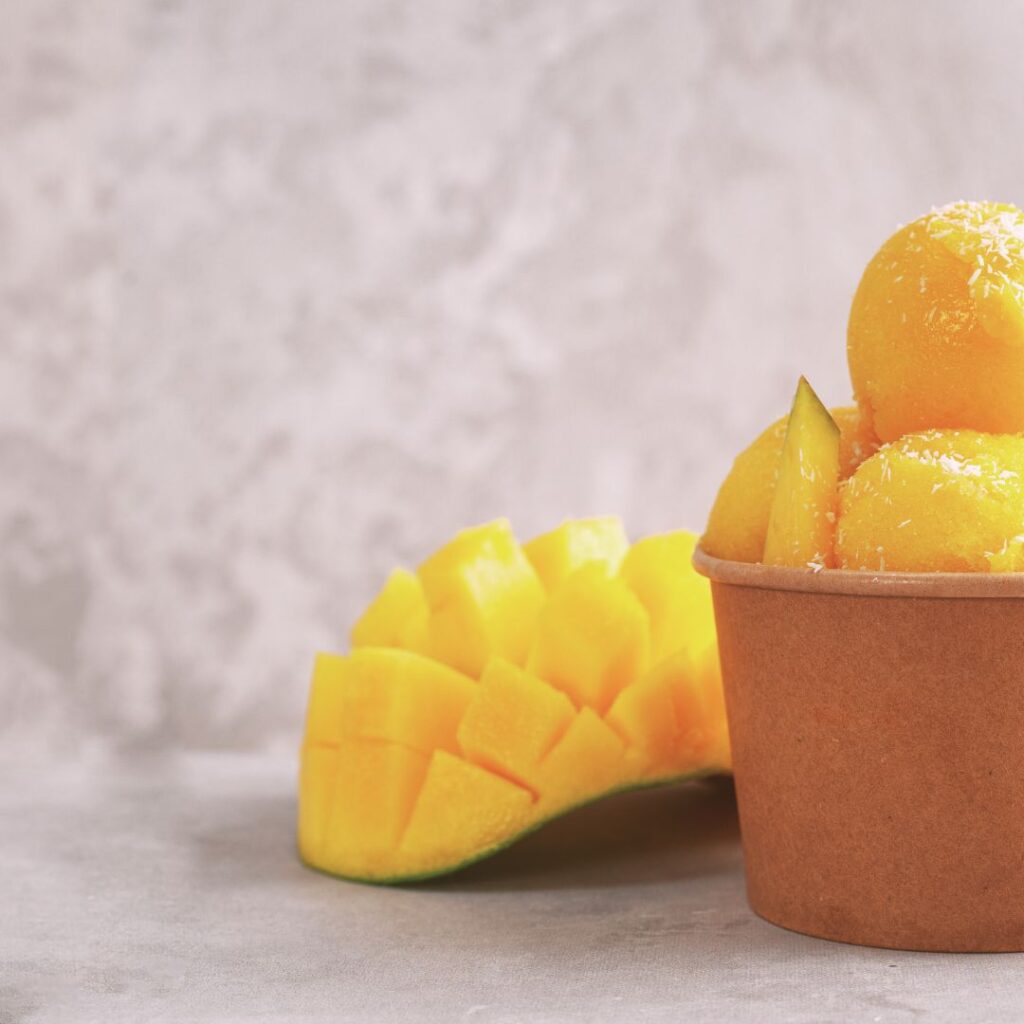
In summary, food swapping can be a great way you can start prioritising your health this year. It doesn’t have to be hard, take small steps. If you have tried making drastic changes in the past and it hasn’t lasted, would you consider trying this way? Yes, it takes longer and yes you’ll still be given advice from a health professional to ‘just eat healthy’. But, if you know that this is tricky for you, just do it YOUR way. Make it easier.
If you want someone to help you in this process, I provide Health and Wellness coaching online, click here to book a session.
*Please remember that this is not medical advice, this blog post is purely me sharing how I have changed my eating habits over the years. In the hope that you will feel less hopeless in your own journey. Always seek medical advice from a professional who knows your unique health needs.*


